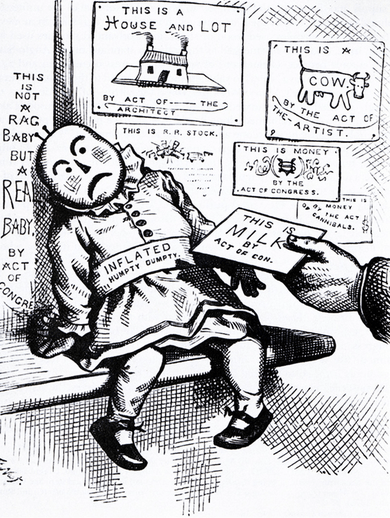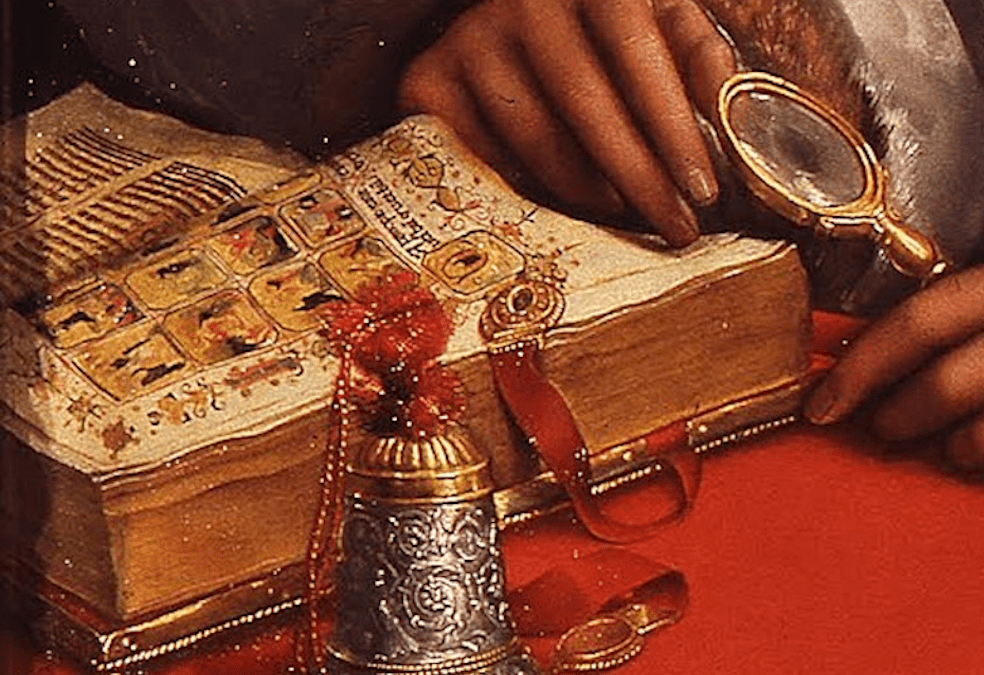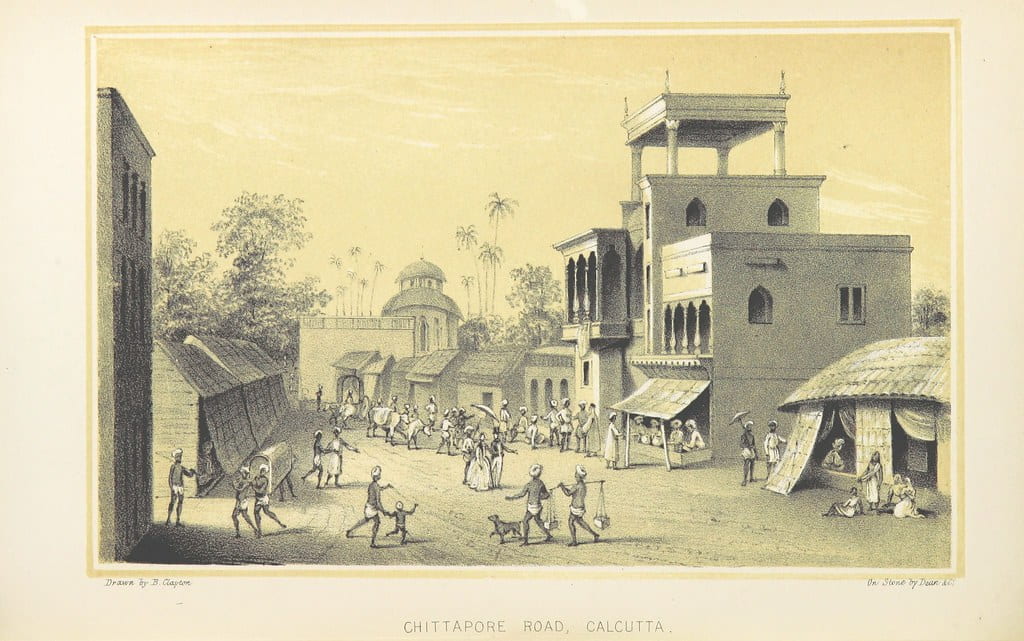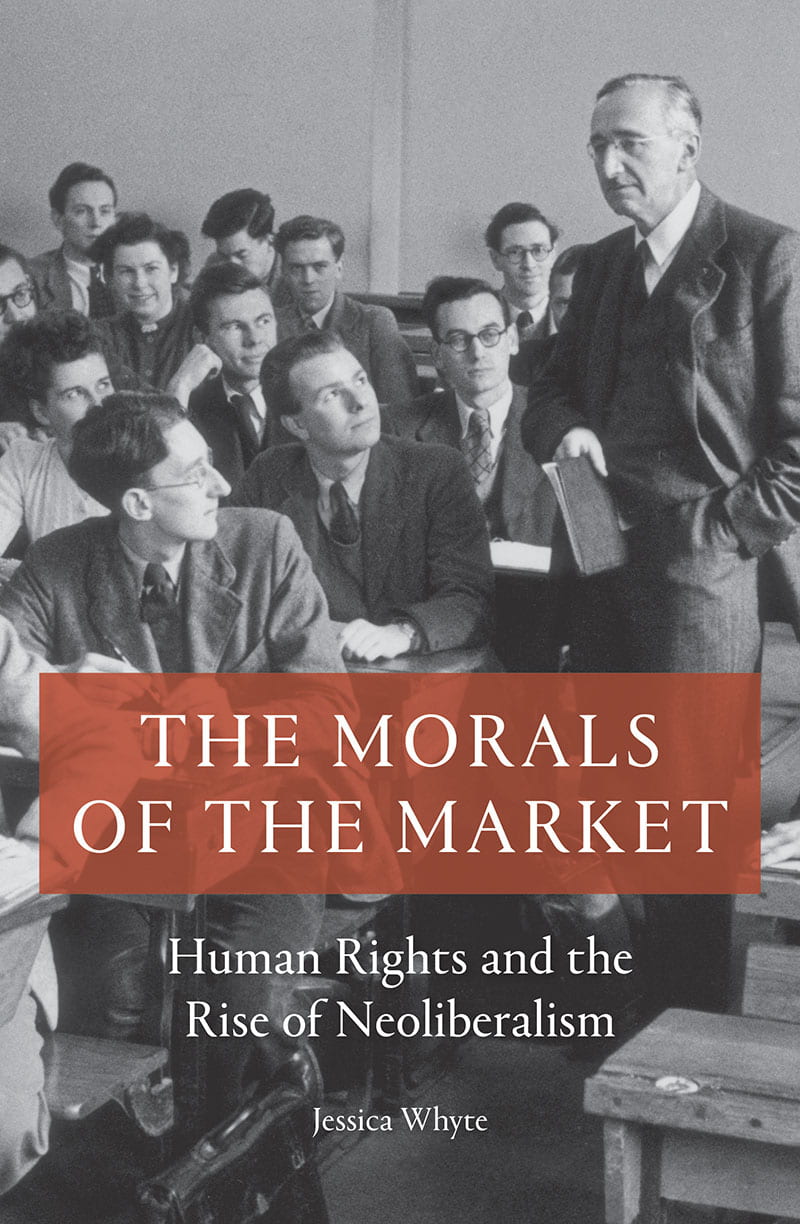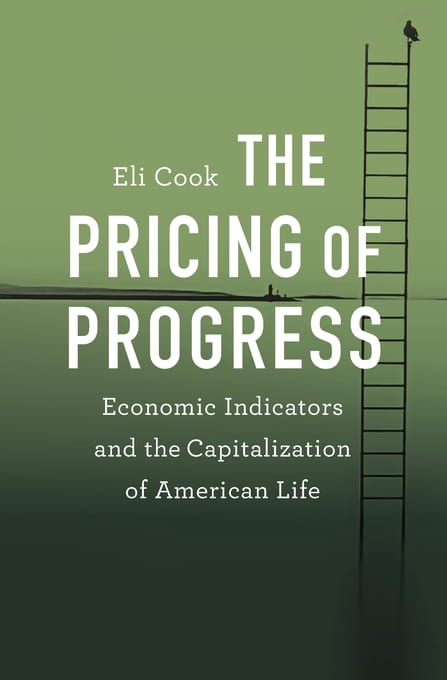Tag Capitalism
This month: from John Lewis, Danny Lyon, and Paul Fusco, to the agendas of early-modern Aristotelianisms , remote work and capitalist labor.
by co-host Disha Karnad Jani
Every year, the Journal of the History of Ideas awards the Morris D. Forkosch Prize for the best first book in intellectual history. The winner of the 2017 Forkosch Prize has been is Eli Cook, for The Pricing of Progress: Economic Indicators and… Continue Reading →


